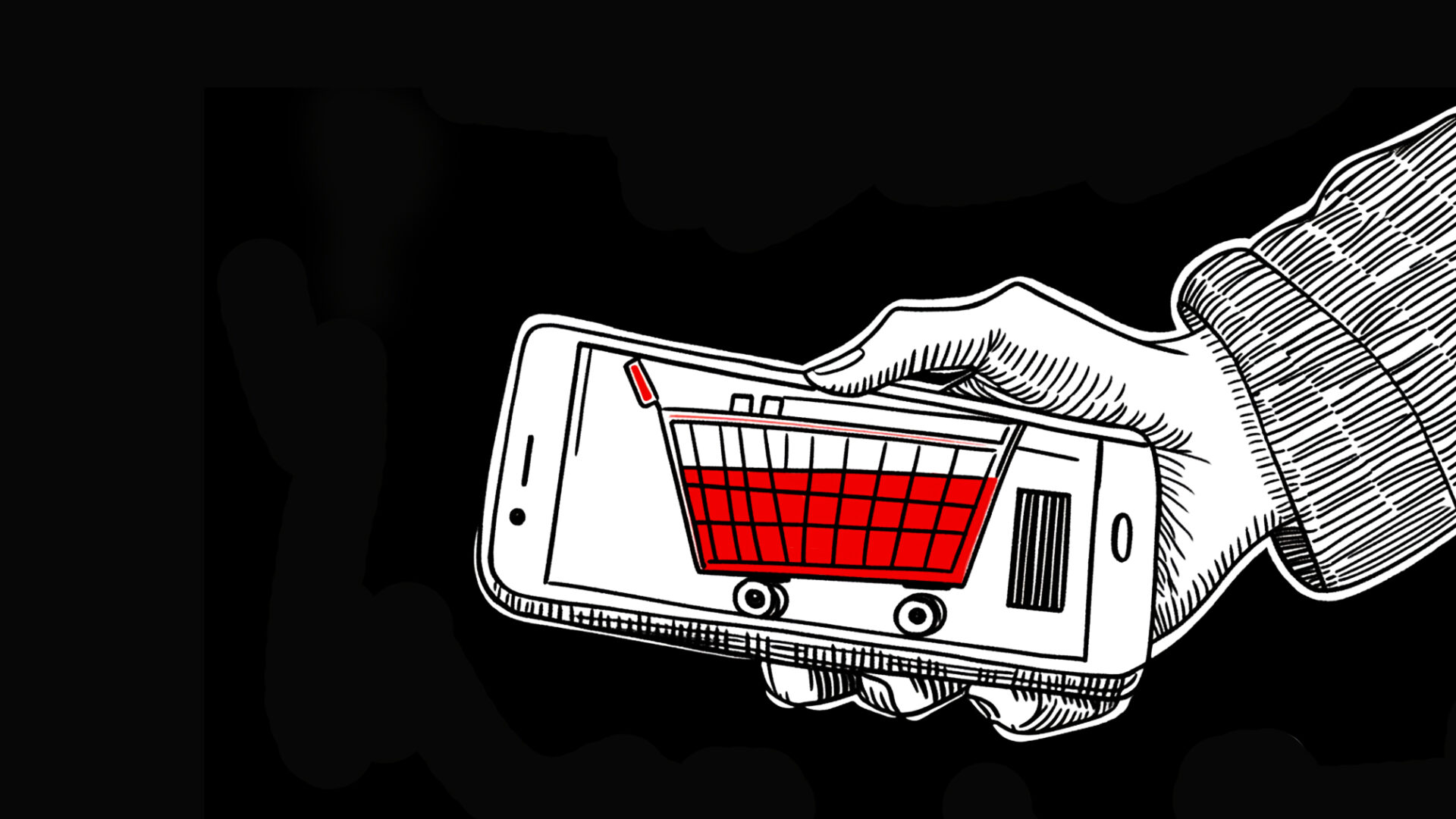Did you know that the average smartphone user reaches for their phone up to 150 times a day?
This is not only an impressive number, but also a huge number of micro-moments where people are looking for entertainment, information or solutions to their daily routine activities. It is these micro-moments that are key to building relationships with customers and influencing their purchasing decisions. In a moment, we will take a closer look at the concept of micro-moment marketing, the four main types of micro-moments identified by Google, and how to effectively use them in your marketing efforts.
What are micromoments?
Micro-moments are short, intense moments in which users reach for their mobile devices to satisfy a specific need – be it information, shopping or entertainment. Google has identified four main types of micromoments:

I want to know:
Users search for information, research various topics and want to learn more about products or services.
I want to go:
Users search for locations, places nearby, directions, and information about specific points.
I want to do:
Users are looking for specific tips and advice to help them perform a specific task or solve a problem. They expect quick and effective solutions.
I want to buy:
Users are ready to buy and are looking for the best place to purchase a product or service.
These brief moments determine whether a potential customer finds the answer to his question with us, or at a competitor. That is why it is so important to our brand was visible and available at precisely these key moments.
How to use micro-moments in daily activities?
Speed and availability
Online shopping has its own specific challenges, such as not being able to physically see the product, inspect it, to the most important: waiting for the product itself (its delivery). To meet these challenges, it is crucial to simplify this stage of the purchasing process. Offering the option of same-day pickup, whether at a parcel machine or a stationary store, significantly increases convenience and customer satisfaction. Allowing quick pickup of products purchased online eliminates long waiting times, which can be a deciding factor in choosing a store. It’s also worth taking care of the user expierience of the site itself – make sure the website is optimized for mobile devices and loads quickly, so as not to discourage users. Even a one-second delay in loading a page can lead to a significant drop in conversions.
Personalization
Create personalized content based on user behavior. Analyze data about your site’s visitors and tailor content, ads and offers to their individual needs. This way, you provide the most relevant information at key moments, which increases the chances of building a lasting relationship with the customer. Personalization can include product recommendations, location-based content or browsing history.
Location
Use location data to offer products and services tailored to the consumer’s location. With geolocation, you can deliver personalized offers and information that is most relevant at that moment.
Educational content
Provide valuable content such as tutorials, tutorials and reviews that answer users’ questions when they need them. Creating quality content that is useful and helpful builds trust and loyalty among customers. Remember, the more valuable information you provide, the more likely users will return to your site.
Simplifying the purchase path
Make the buying process easier with features such as one-click shopping, simplified forms and quick payments. The fewer steps a user has to take to make a purchase, the more likely he or she is to complete the transaction. In addition, provide various payment options and flexible delivery methods to accommodate customer preferences. What is additionally worth mentioning is the enabling of buying from social media platforms. Nowadays, many people spend a significant portion of their time on platforms such as Facebook, Instagram and TikTok. Integrating shopping options directly into these platforms can significantly increase conversions. With features such as “Buy Now” and “Swipe up,” users can make a purchase without leaving the app, minimizing effort on their part and increasing the chances of impulse purchases.
The importance of data analysis
Data analysis is the cornerstone of successful micromarketing. It allows us to understand what micro-moments are most important to our target audience and how you can best respond to them. Monitoring the behavior of users, their interaction with the site and analyzing the results of the campaign allows for continuous improvement of ongoing activities.
Summary
Micromoment marketing is a modern approach to building customer relationships that allows you to effectively reach users at key moments in their daily lives. With the right actions, focused on speed, personalization, localization, valuable content and simplifying the purchase path, you can significantly increase customer engagement and improve your brand’s performance. Understanding and leveraging micro-moments in marketing is not only a way to increase sales, but also to build lasting, valuable relationships with customers.
Want to learn more? Watch us! In the next article, we’ll discuss specific actions that you can easily implement into your brand’s operations to effectively leverage micro-moments and increase engagement with your customers.
Interested? Contact us to see how we can help you use micro-moment marketing to achieve your brand goals.







